Increased Focus on Energy Efficiency
Energy efficiency has emerged as a critical driver for the semiconductor laser market. As environmental concerns grow, industries are increasingly seeking solutions that minimize energy consumption while maximizing performance. Semiconductor lasers are inherently more energy-efficient compared to traditional light sources, making them an attractive option for various applications. In 2025, the market is expected to grow by approximately 10% as companies prioritize sustainability in their operations. This shift towards energy-efficient technologies is particularly evident in sectors such as automotive, where semiconductor lasers are utilized in lighting and sensor applications. The semiconductor laser market is thus positioned to thrive as it aligns with the broader trend of energy conservation and environmental responsibility.
Growing Applications in Consumer Electronics
The semiconductor laser market is significantly influenced by the expanding applications in consumer electronics. With the rise of devices such as smartphones, tablets, and smart home products, the demand for compact and efficient laser sources is on the rise. In 2025, the market for semiconductor lasers in consumer electronics is projected to account for nearly 30% of the overall market share, reflecting a robust growth trajectory. This trend is driven by the need for high-quality displays, optical storage, and advanced imaging systems. As manufacturers strive to enhance user experiences, the integration of semiconductor lasers into consumer electronics becomes increasingly vital. Consequently, the semiconductor laser market is likely to see sustained growth as it adapts to the evolving needs of consumers and technology.
Advancements in Laser Manufacturing Techniques
Innovations in manufacturing techniques for semiconductor lasers are transforming the semiconductor laser market. Techniques such as wafer bonding and advanced epitaxial growth methods enhance the performance and efficiency of lasers. These advancements not only improve the quality of the lasers produced but also reduce production costs, making them more accessible to a wider range of applications. In 2025, the market is expected to witness a compound annual growth rate (CAGR) of 12%, driven by these technological improvements. As manufacturers adopt these cutting-edge techniques, the semiconductor laser market is likely to see an influx of new products that cater to diverse sectors, including consumer electronics, automotive, and industrial applications. This evolution in manufacturing is essential for maintaining competitiveness in a rapidly evolving market.
Rising Demand for High-Speed Data Transmission
The semiconductor laser market experiences a notable surge in demand driven by the increasing need for high-speed data transmission. As industries such as telecommunications and data centers expand, the requirement for efficient and reliable laser sources becomes paramount. In 2025, the market is projected to reach approximately $5 billion, reflecting a growth rate of around 15% annually. This growth is largely attributed to the proliferation of cloud computing and the Internet of Things (IoT), which necessitate advanced optical communication technologies. Semiconductor lasers play a crucial role in enabling faster data transfer rates, thereby supporting the infrastructure required for these technologies. Consequently, the semiconductor laser market is poised to benefit significantly from this trend, as companies invest in upgrading their systems to meet the demands of modern communication networks.
Expansion of Research and Development Activities
The semiconductor laser market is witnessing a significant expansion in research and development (R&D) activities. As companies and academic institutions invest in innovative laser technologies, the potential for new applications and enhancements increases. In 2025, R&D spending in this sector is projected to rise by 20%, reflecting a strong commitment to advancing semiconductor laser technologies. This focus on R&D is likely to yield breakthroughs in areas such as laser efficiency, wavelength tuning, and miniaturization, which could open new markets and applications. The semiconductor laser market stands to benefit from these advancements, as they not only enhance existing products but also pave the way for novel solutions that meet the demands of emerging technologies.

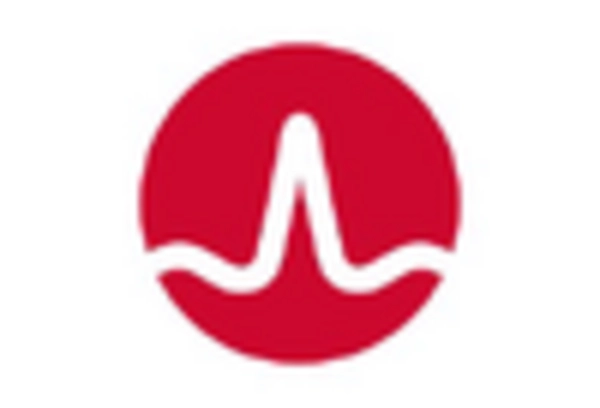
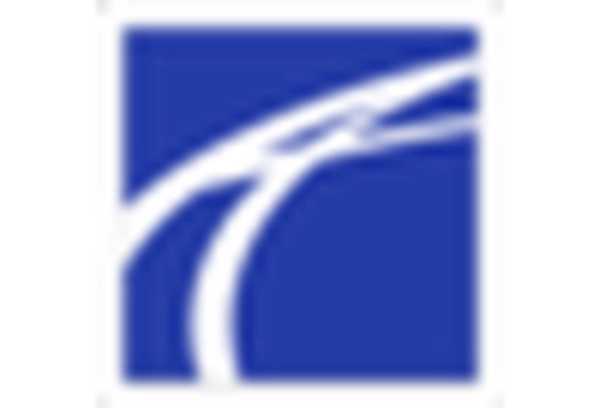
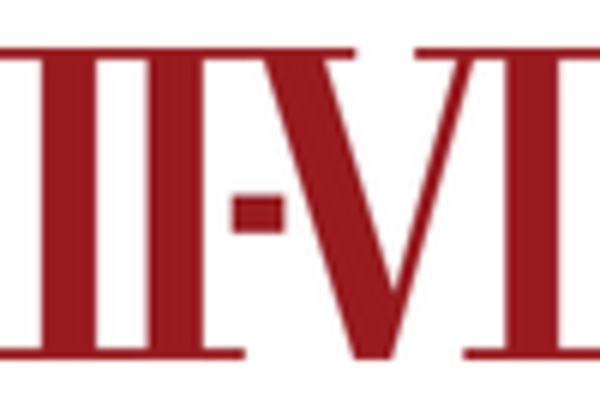
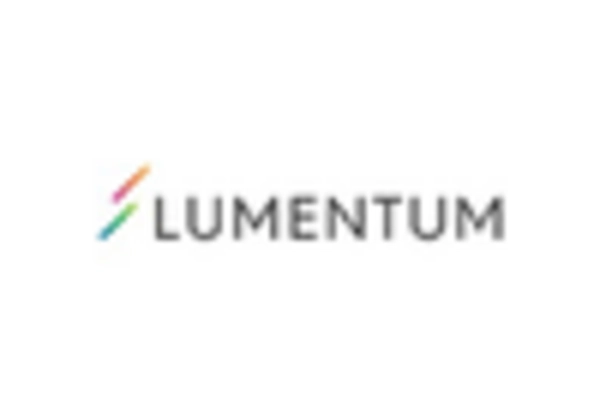

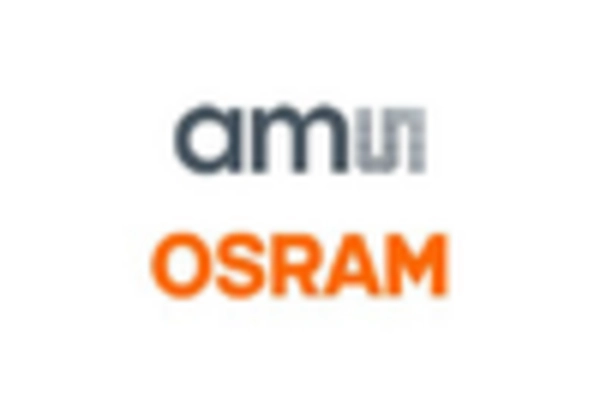








Leave a Comment